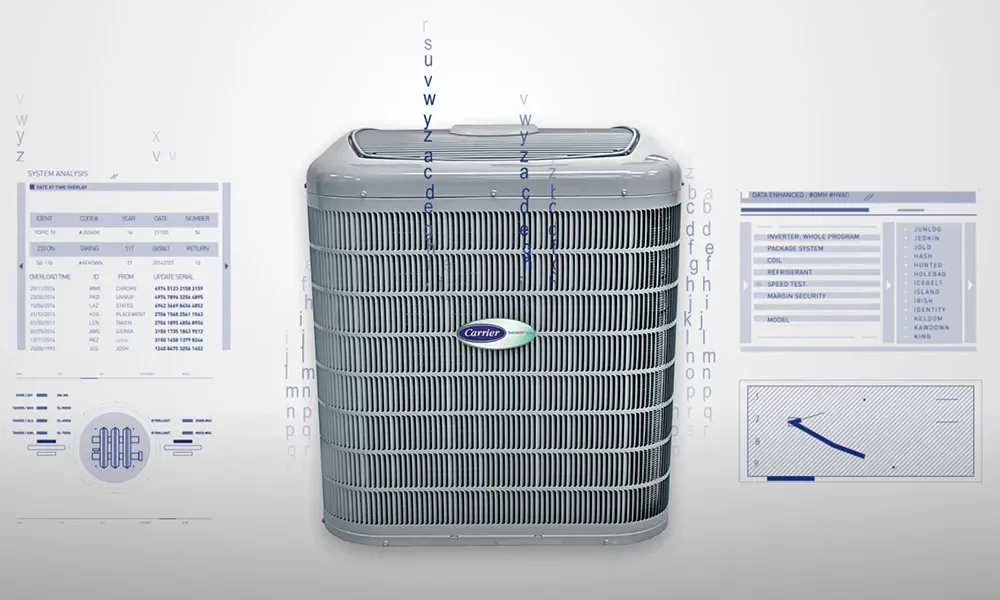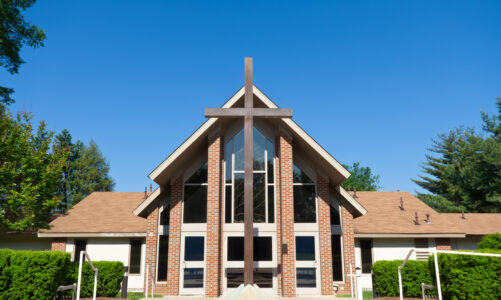Heating, Ventilation, and Air Conditioning (HVAC) systems have come a long way since they were first created. Over the years, these systems have evolved from simple setups to complex machines that can intelligently manage the climates of large buildings and small homes alike. This evolution has been closely observed and facilitated by top-rated HVAC wholesalers, who have been instrumental in bringing advanced solutions to market.
How has HVAC advanced throughout the decades?
Let’s take a closer look at the chronological timeline:
The early years: 1900s to 1940s
The history of modern HVAC begins in the early 20th century. One of the first milestones in HVAC technology was the invention of the modern air conditioner by Willis Carrier in 1902. Originally designed to control humidity in a printing plant, the technology quickly found its way into homes and businesses, eager for relief from the sweltering heat.
During the 1930s, individual room heaters began to be replaced by centralized heating systems, marking a significant step toward modern HVAC systems. These early systems were primarily coal or wood-fired and required manual operation, which was not only labor-intensive but also less energy-efficient.
Mid-20th century: 1950s to 1970s
The post-war era brought significant advancements in HVAC technology. The 1950s saw the rise of residential air conditioning, a luxury that soon became a standard feature in new homes, especially in warmer climates. During this period, the focus was on improving the efficiency and affordability of HVAC systems to make them accessible to a broader audience.
In the 1960s and 1970s, the oil crises highlighted the need for energy conservation and prompted HVAC manufacturers to develop more energy-efficient models. This led to the introduction of the first heat pumps, which could provide both heating and cooling more efficiently than ever before.
Late 20th century: 1980s to 1990s
The late 20th century was marked by technological innovation and environmental awareness. The 1980s introduced digital technology into HVAC systems, with programmable thermostats becoming commonplace. These devices allowed homeowners and businesses to control their heating and cooling systems more precisely, saving energy and improving comfort.
The 1990s brought a growing awareness of the environmental impact of HVAC systems, particularly concerning the refrigerants used in air conditioning systems. This led to the development and adoption of more environmentally friendly refrigerants and systems designed to minimize leaks and reduce the overall environmental footprint.
The 21st century: 2000s to present
The new millennium has seen a rapid acceleration in HVAC technology, driven by advances in computer technology, the Internet of Things (IoT), and a stronger emphasis on sustainability. Modern HVAC systems are smarter, more connected, and more efficient than ever. Today’s systems can adjust themselves based on real-time data, such as occupancy and weather conditions, to optimize both comfort and energy use.
Moreover, the integration of renewable energy sources, like solar power, into HVAC systems is becoming more common. These green systems help reduce dependence on fossil fuels and lower greenhouse gas emissions, which is aligned with global sustainability goals.
The rise of smart homes has even led to the development of HVAC systems that can be controlled remotely via smartphones. Homeowners can adjust their home temperature while away and return to a comfortably heated or cooled home, all while managing energy consumption effectively.
Looking to the future
As we look forward, the evolution of HVAC systems will likely focus on further integration of smart technology and renewable energy. Innovations such as AI and machine learning could lead to even more sophisticated systems that not only react to changes in their environment but predict and adapt to them before they occur.
All in all, the HVAC industry has seen remarkable transformations over the decades. From bulky, inefficient units to sleek, smart systems that seamlessly integrate into our lives, HVAC technology has not only improved our comfort but also our world. As technology continues to advance, the future of HVAC looks promising with endless possibilities for further innovation and improvement.




